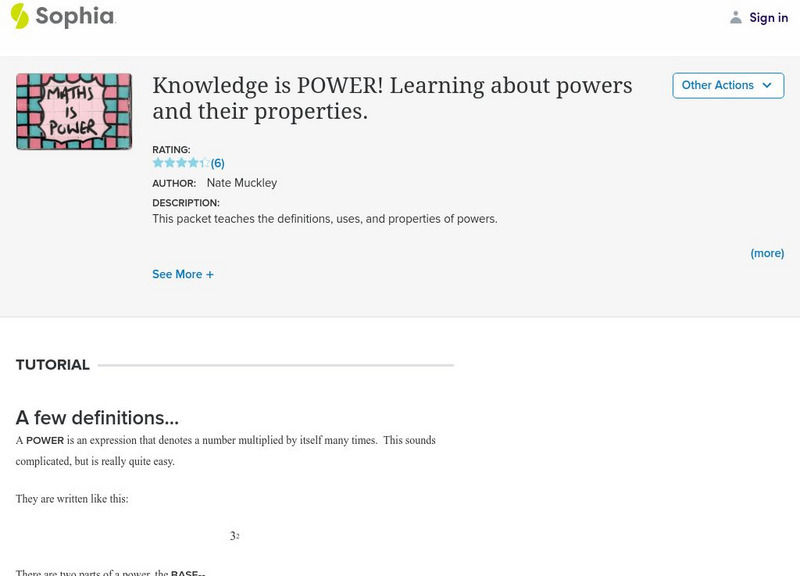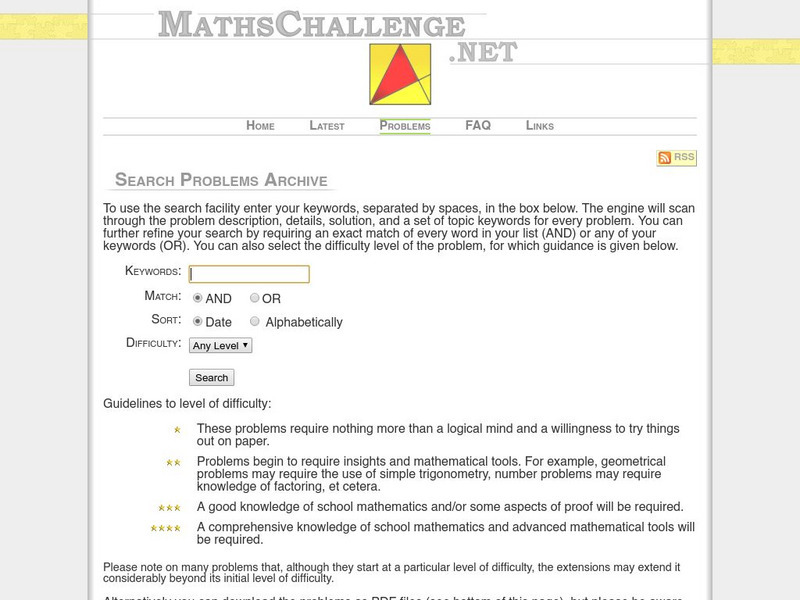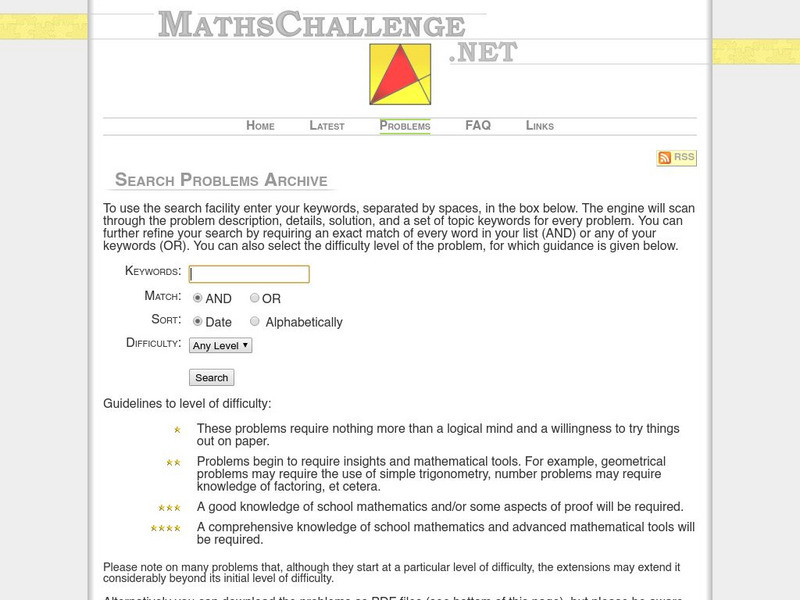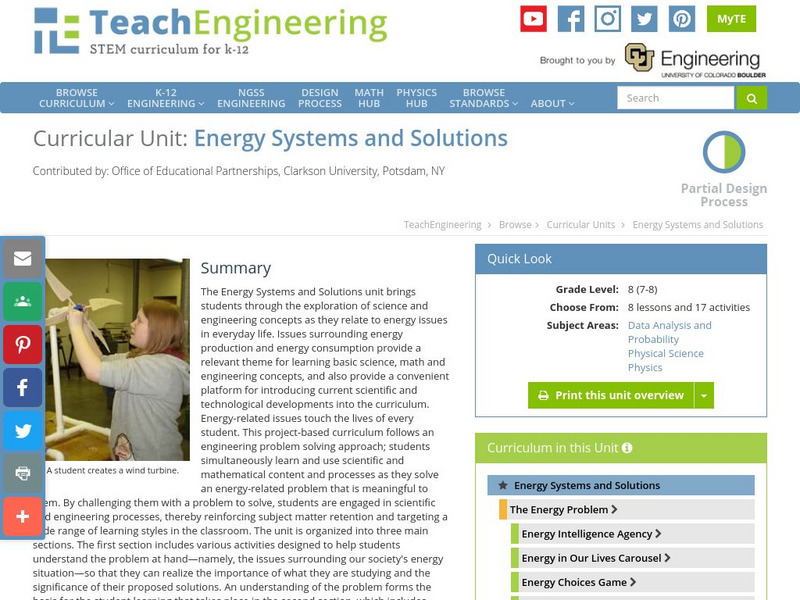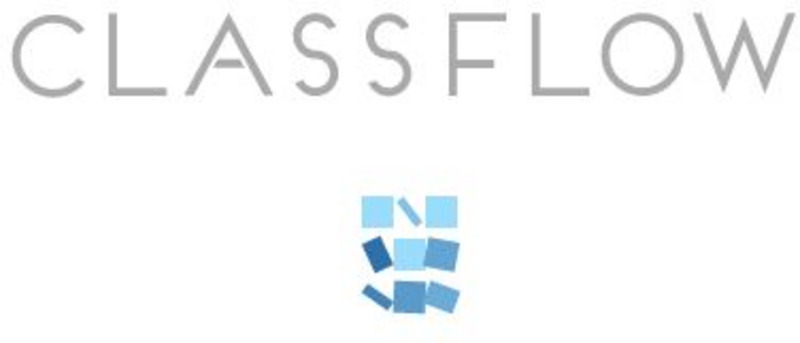John F. Kennedy Center
The Kennedy Center: Balancing Mobiles
In this lesson plan, students will apply mathematical, science, and engineering concepts to experiment with balancing levers. They will learn to classify types of levers to design and build a simplified mobile. Students will explore...
Illustrative Mathematics
Illustrative Mathematics: 6.ee Equivalent Expressions
In this problem, we have to transform expressions using the distributive, commutative and associative properties to decide which expressions are equivalent. Common mistakes are addressed, such as not distributing the 2 correctly. Aligns...
PBS
Pbs Learning Media: How Many Jelly Beans?
In this video segment from Cyberchase, Inez estimates whether she has enough jelly beans in her large container to decorate all of the cookies in her batch.
Shodor Education Foundation
Shodor Interactivate: From Probability to Combinatorics and Number Theory
Apply division to determine the probability of outcomes with a racing game.
Microsoft
Microsoft Education Lesson Plan: Making Money From Lemons
Simulation where learners apply mathematics and economics concepts in the lemonade business. Learners set up a virtual lemonade stand and must determine production costs, product variables, and profits. Students record data collected on...
Sophia Learning
Sophia: Inverse Operations
Inverse operations are investigated in this mathematics resource. Students watch a video tutorial with examples on how to apply inverse operations.
Annenberg Foundation
Annenberg Learner: Reasoning About Fractions
Apply the reasoning and proof standard to a problem based on the Fraction Tracks game. Students practice building fractions by combining fraction pieces.
Oswego City School District
Regents Exam Prep Center: Negation: Not
Use this website to help you hone your critical thinking and math-problem solving skills. Learn what "Negation," is and how it applies when you are working on mathematical problems and sentences.
TeachEngineering
Teach Engineering: Patterns and Fingerprints
Students apply several methods developed to identify and interpret patterns to the identification of fingerprints. They look at their classmates' fingerprints, snowflakes, and "spectral fingerprints" of elements. They learn to identify...
Sophia Learning
Sophia: Powers and Their Properties
The learning resource investigates the laws of exponents. Students learn how to apply the power of a power, product of a power, and power of a product rules.
University of Cambridge
University of Cambridge: Maths and Sports: Olympic Records
Can you work out which Olympics athletics event each anonymised graph of Olympic records data represents? This activity, aimed at Key Stage 3 (age 11-14), gives students the opportunity to make sense of graphical data and challenges them...
Alabama Learning Exchange
Alex: Quilting With My Pal, Pythagoras!
In this unit lesson, middle schoolers will learn about the Pythagorean Theorem and how it is evident in our everyday world. Students will apply the concept of the Pythagorean Theorem to the squares of a quilt. Each quilt square will be...
Alabama Learning Exchange
Alex: Growing in a Triangle
Middle school students explore the Pythagorean Theorem by measuring and calculating diagonal lengths using the Pythagorean Theorem. Students view an animated proof of the Pythagorean Theorem. They access an Internet site to view and...
Alabama Learning Exchange
Alex: Using Scale Factors: Drawing Your Body to Scale
Teachers will use this lesson plan to review and apply skills involving scale factors. Teachers will use illuminations website to review scale factor. Then students will be given instructions to draw their bodies to scale.
Alabama Learning Exchange
Alex: Maybe Maybe Not
In Maybe, Maybe Not students will explore and investigate components of probability. This lesson will enable students to develop understanding of a likelihood line and apply events to the line. This lesson plan was created by exemplary...
Alabama Learning Exchange
Alex: Similar Figure Activity
The purpose of this lesson plan is to allow students to self-discover the relationships between similar figures. The students should then take what they learn about these relationships and apply these concepts to problem-solving.
ClassFlow
Class Flow: Math Investigation
[Free Registration/Login Required] In this lesson students will investigate the effect of varying the starting number with the same route versus varying the route with the same starting number and investigate the effect of applying the...
Maths Challenge
Maths challenge.net: Kitchen Floor
A "one star" geometry problem that requires finding the visual pattern and applying logic with basic math skills to solve how many tiles are needed to complete the kitchen floor pattern.
Maths Challenge
Maths challenge.net: False Ceilings
A "one star" geometry problem that requires finding the visual pattern and applying and pattern extensions to solve the false ceiling problem.
Maths Challenge
Maths challenge.net: Shading Pattern
A "one star" geometry problem that requires finding the visual pattern and applying logic with basic math skills to solve.
My Hero Project
My Hero: Galileo
"First to use a telescope to overserve the starts and planets," Galileo Galilei secretly published his work, which contradicted the Catholic Church's teachings. Use this site to learn about how Galileo's independence and courage made him...
TeachEngineering
Teach Engineering: Energy Systems and Solutions
The Energy Systems and Solutions unit brings students through the exploration of science and engineering concepts as they relate to energy issues in everyday life. Issues surrounding energy production and energy consumption provide a...
PE Central
Pe Central: Pe Lesson Ideas: Geographical Distance Skating
This is a fun gym-class activity that requires students to apply simple geography, mathematics, and writing skills. As a class, students skate (or run or walk or bike) around the gym in hopes of gaining mileage. Lesson idea includes...
ClassFlow
Class Flow: Properties of Math
[Free Registration/Login Required] This flipchart is an introduction and application of three principle properties of mathematics. Students will identify and apply the Identity, Commutative, and Associative Properties of addition and...







